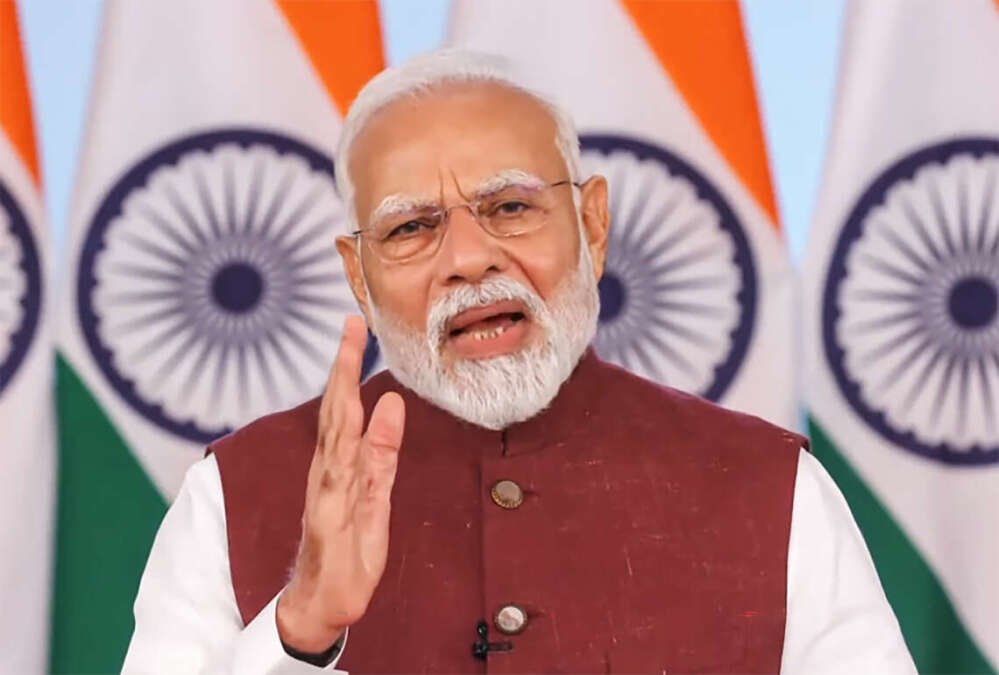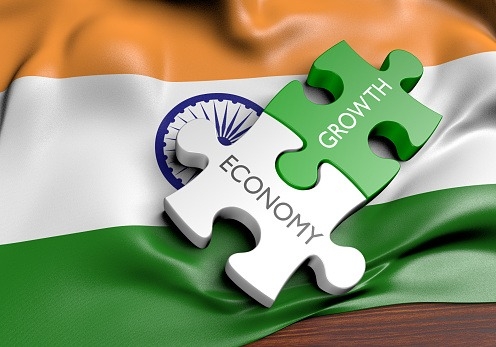However, India has achieved a key milestone supplying the crucial cryostat, the equipment commitment, on which it has been performing well, for the fusion reactor ITER in southern France, reports Vishal Gulati
India is consistently delivering in-kind contribution to the world’s largest first-of-its-kind upcoming fusion reactor ITER in southern France. But India has not been fulfilling in-cash contribution, said its Director-General Bernard Bigot on Tuesday.
Overall, Covid-19 impact may delay ITER’s schedule towards achieving the first plasma in 2025, but the machine, which replicates the fusion power of the sun, is on track for full fusion power as per timeline of 2035, he said.
In a virtual interview on the day General Atomics (GA), based in California, is ready to ship the first module of the Central Solenoid, one of the United States’ largest contributions to the ITER fusion project, Bigot told IANS, “India is consistently delivering on its commitments, despite challenges.”
All elements of the cryostat, the world’s largest high-vacuum pressure chamber, have now been delivered by India, and welding has begun on the final piece — the cryostat lid.
“India has also delivered 100 per cent of the components needed for ITER’s secondary cooling water system, and we are about 95 per cent complete with the delivery and installation of cryolines and other piping for the cryogenics system.
“And India has completed 100 per cent of the manufacturing of the in-wall shield blocks that line the vacuum vessel. So I would say this is a major success for the in-kind contribution.
“The main concern with India is the payment of annual in-cash contribution to allow the ITER components once on site to be assembled and installed by the ITER Organization,” he said.

Bigot was categorically clear in saying, “There are quite significant shortfalls that could soon strongly impact the ITER schedule.”
IANS learnt that India has not fulfilled its in-cash contribution since 2017. Also there is inadequate allocation of engineers and scientists by India to work at the ITER.
However, India has achieved a key milestone supplying the crucial cryostat, the equipment commitment on which it has been performing well.
ITER is being funded by 35 partner countries: the European Union (plus the UK and Switzerland), China, India, Japan, Korea, Russia and the US.
Despite the COVID-19 challenges, ITER machine, which will play a key role in de-carbonizing the world, especially in industrialized nations, is almost 75 per cent built and is on budget.
For the past one and a half years, massive first-of-a-kind components have begun to arrive in France from three continents.
“Overall we feel very fortunate that we have been able to maintain steady progress on construction, manufacturing, and machine assembly during the past 18 months of the pandemic,” Director-General Bigot said.
“But yes, I confirm, ITER members have witnessed some impacts on their supply chain and workforce availability that led to some delays in the delivery dates of the in-kind procurements or components they have to provide. We are doing our best to mitigate these impacts,” he said.
Explaining the importance of the US in collaboration of the large-scale scientific research project, Bigot said, “As with all ITER members, we consider the United States to be a vital partner.
“We need all of the ITER members to be on board and participating as agreed in 2006 until the very end of the program. As in any team work, if a team member is not full capacity, the team performance is impacted.
“The US is widely viewed as a pre-eminent leader in scientific discovery and technological innovation. It is also the country where we are seeing the largest wave of private sector interest in contributing to the global effort to make fusion power a reality.
“The recent issuance of a report from the US National Academies, laying out a vision for US domestic fusion research, is also a strong signal of support for fusion. And the completion of the first Central Solenoid module is a major milestone.”
Bigot said for the past several years, they have seen sustained bipartisan support for fusion power in the US.
“Some years ago, when the ITER project was struggling to stay on track, the US was among those countries that voiced some scepticism. Already during the Obama Administration, this impacted the budgetary support the US was willing to provide.
“But as the ITER project showed that we were committed to deliver, and progress was sustained in compliance with the foreseen milestones decided in 2015, this has turned around, and it is clear that the US is fully committed to ITER,” Bigot told IANS.
Listing out project achievements, he said completion and delivery to the ITER site of nearly all of the major first-of-a-kind components that “gives us increased confidence that the remaining components can also be delivered”.
Of course, the successful installation of the first components in the Tokamak machine, including the cryostat base and lower cylinder, and the first superconducting magnet and the initiation of the first vacuum vessel sector sub-assembly.
“Six years of sustained success in staying on schedule and budget in the face of major challenges,” he said.
On the impacts of the pandemic on ITER, he said, “As you know, the schedule to achieve first plasma in 2025 has been adopted as the ‘best technically achievable’ schedule.
“With the impacts of Covid-19, together with some technical challenges our members have experienced with the manufacturing of some first-of-a-kind components, we expect this schedule may be delayed.
“Once the effects of the pandemic are fully understood, we will prepare a revised baseline schedule. But any schedule adjustments will ensure we stay on track for full fusion power in 2035.”
ITER’s mission is to prove energy from hydrogen fusion can be created and controlled on earth. Fusion energy is carbon-free, safe and economic. The materials to power electric grids with hydrogen fusion are readily abundant.
ALSO READ-India must leverage its maritime position to spur a blue economy
READ MORE-India shifts focus on doers not talkers to boost post-Covid economy










